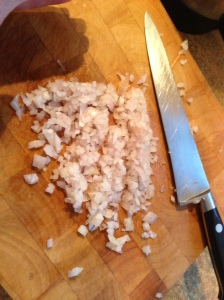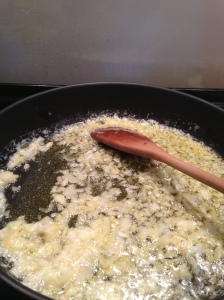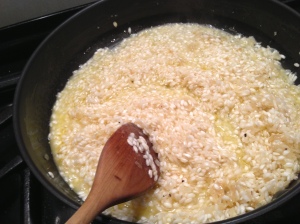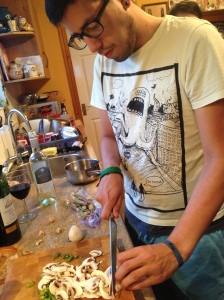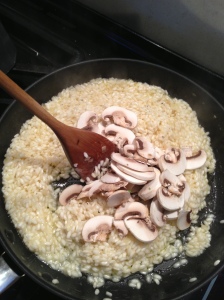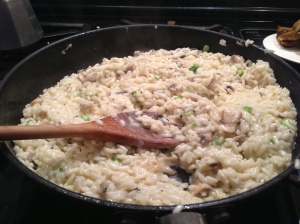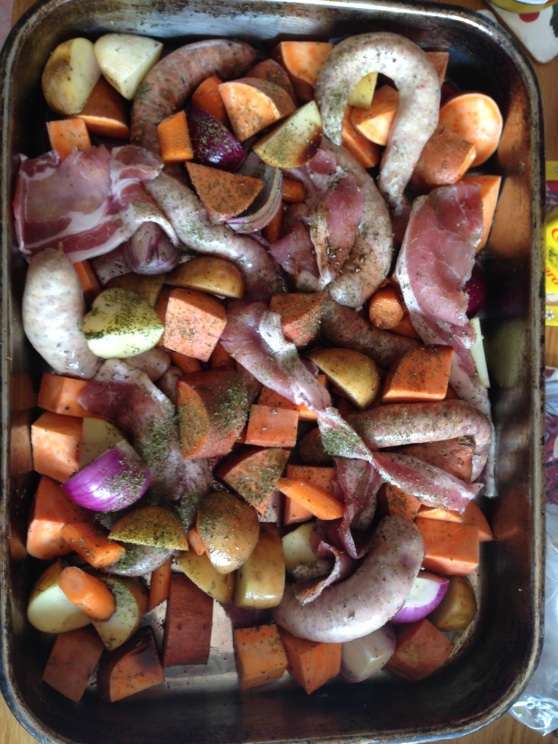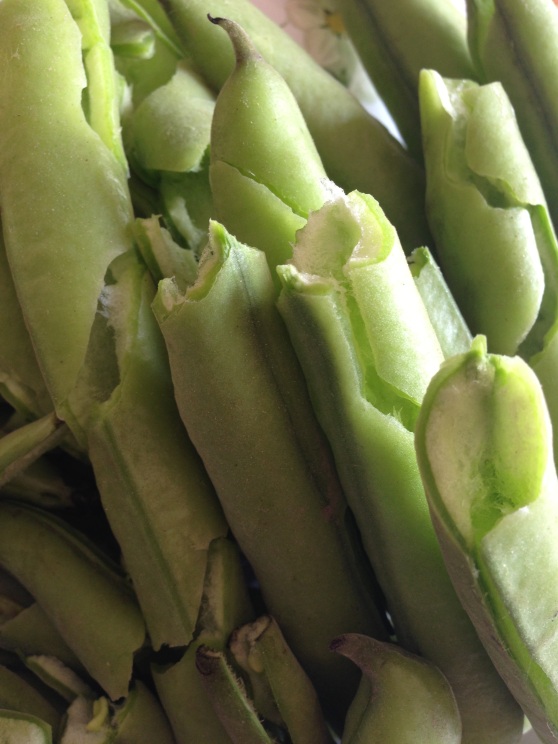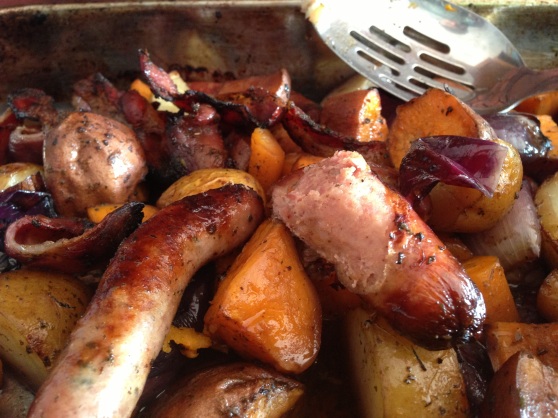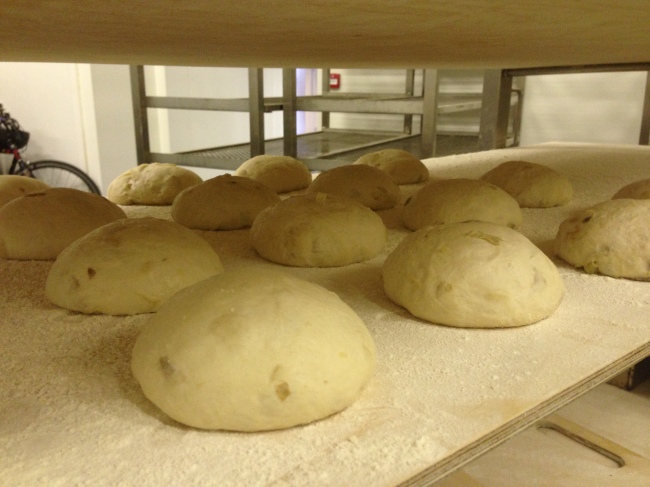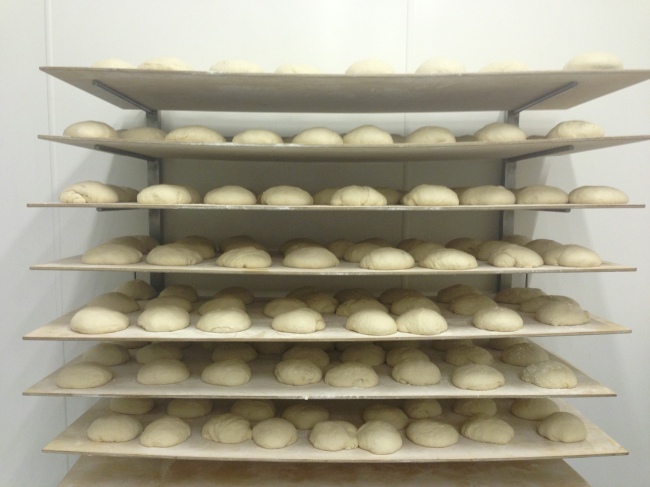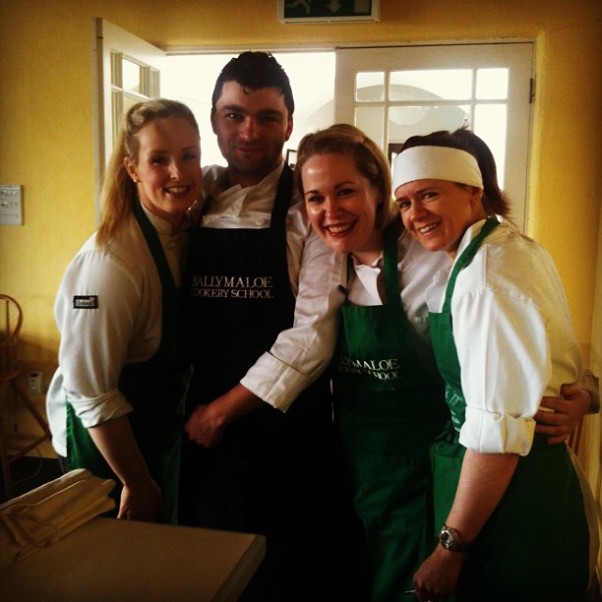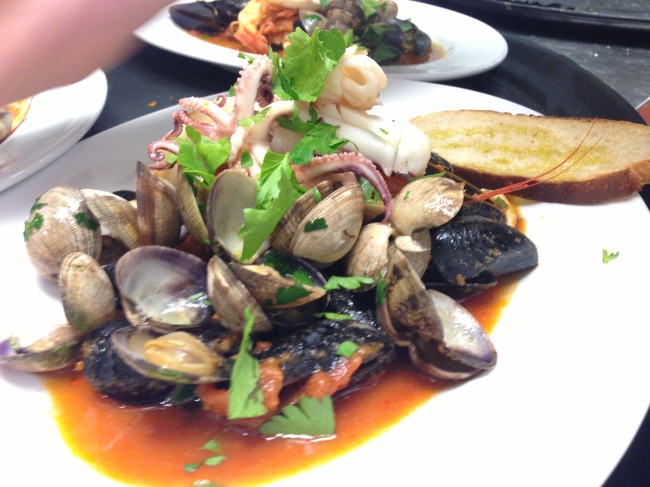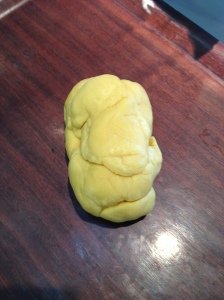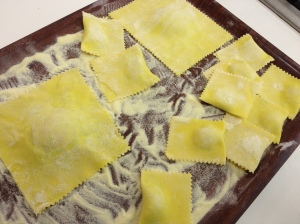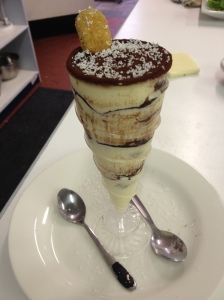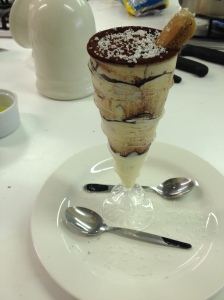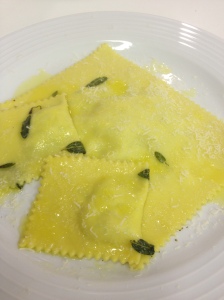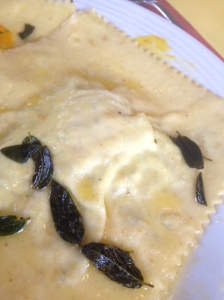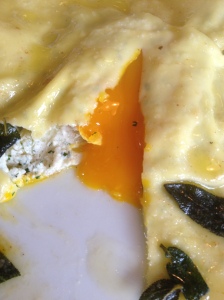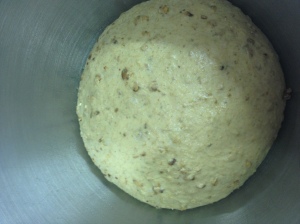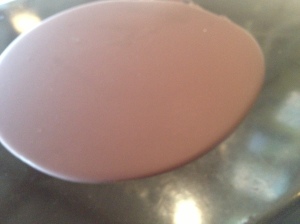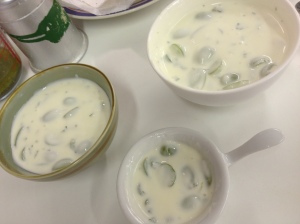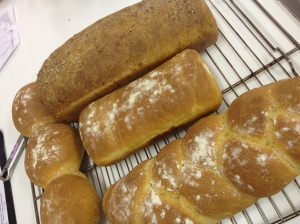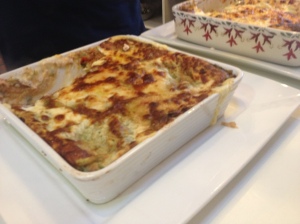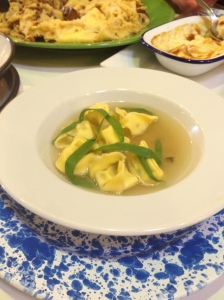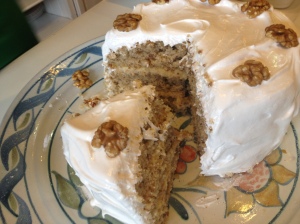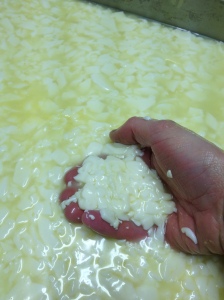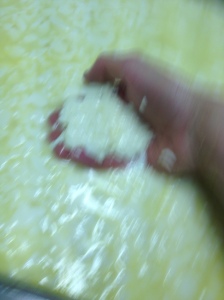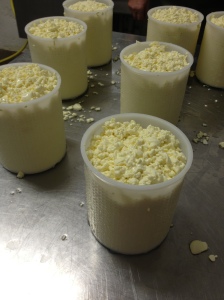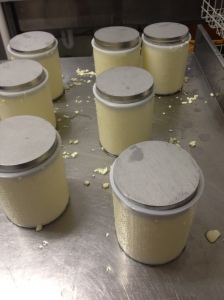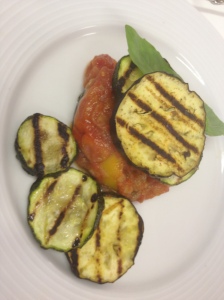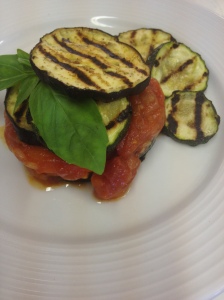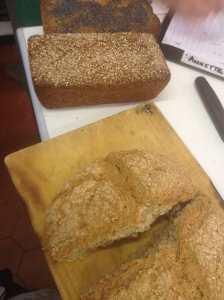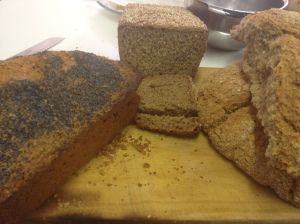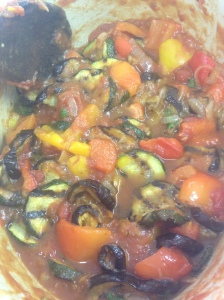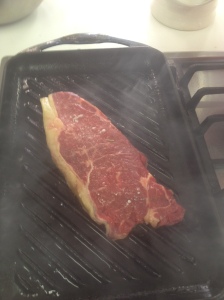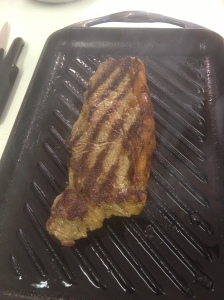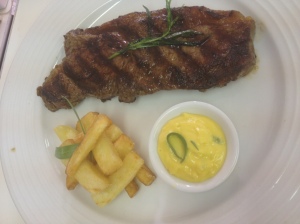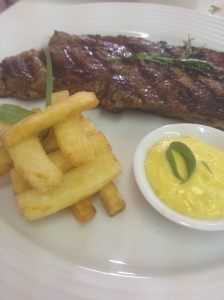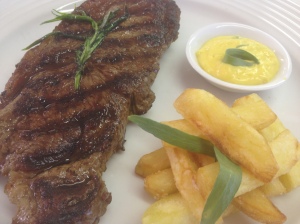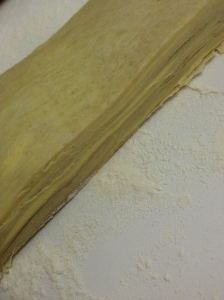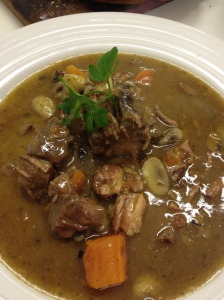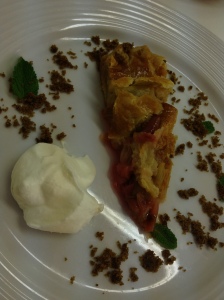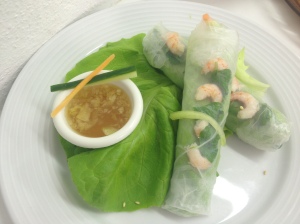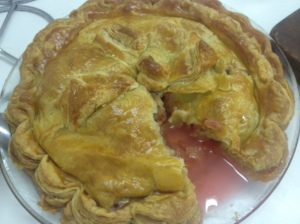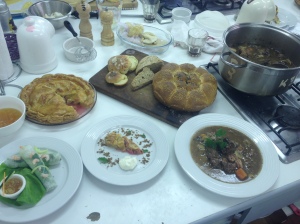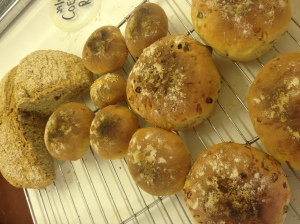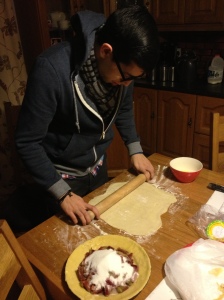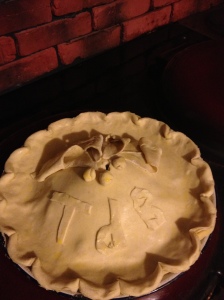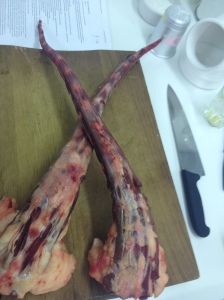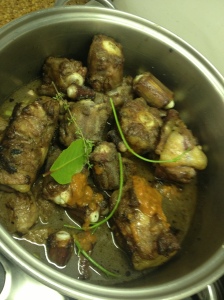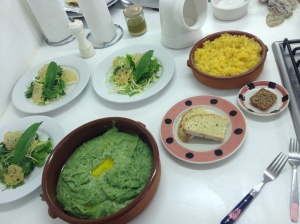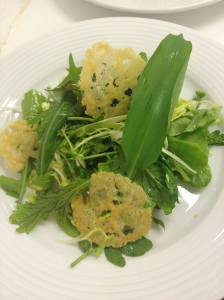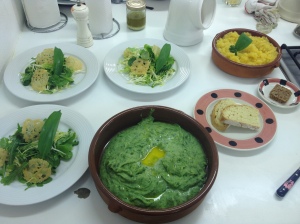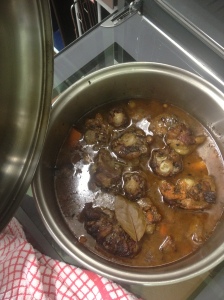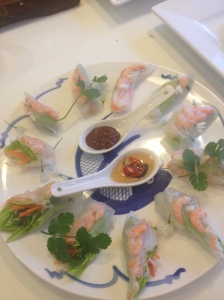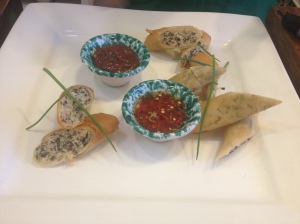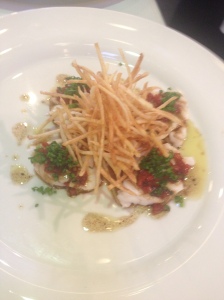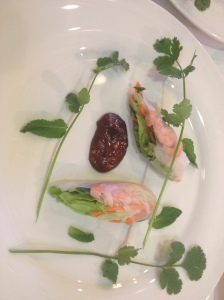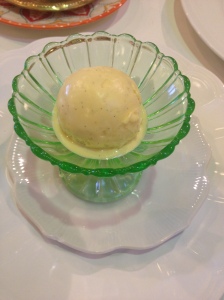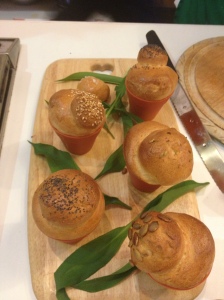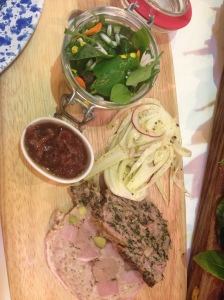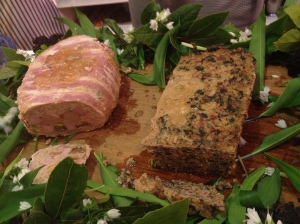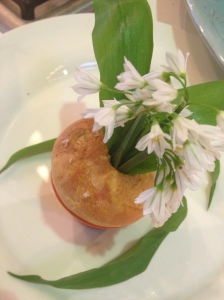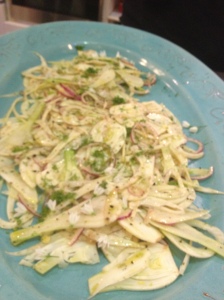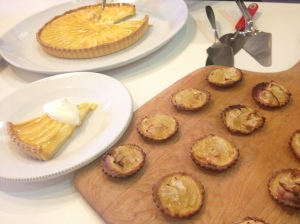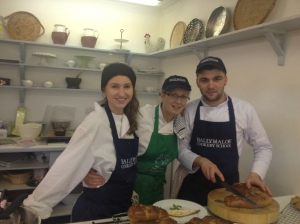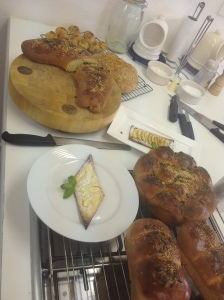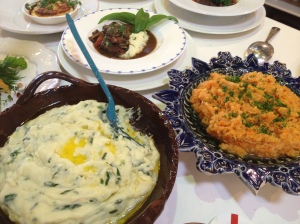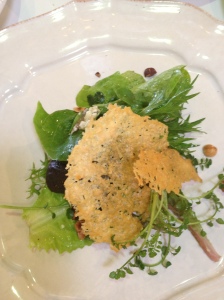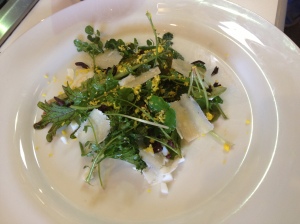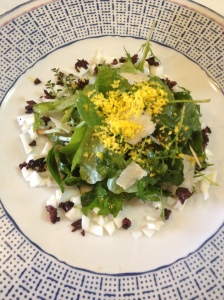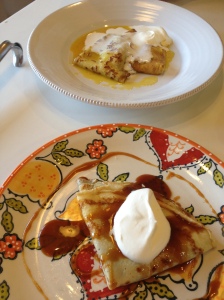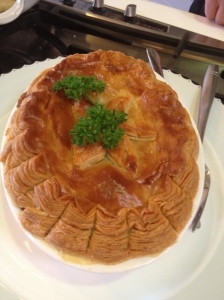As much as I love to cook for people, allowing them to relax and not think about how their dinner is going to come together, I relish a helping hand and a listening ear even more.
Recently, with their parents out of town, a couple of friends found themselves having to cook for themselves for a period of time. In this situation, it is easy to slip into habits of getting takeaways or cooking the same meal of chicken and rice each night, and so I decided that on this particular day, we would all get involved in cooking the dinner: an experience which we all embraced the idea of.
Fortunately these friends are interested in food; I work alongside one as a waiter, and the other I have known for many years as an avid home baker. There is something infectious about talking about good food and good produce; it is not difficult to get people excited about what they are eating, and so the day began with a trip to the English Market in Cork City. This place is a hub of activity, boasting the countries best produce within its charming brick walls. Taking a trip to this market is an experience which everyone should undertake, it is not only a piece of history, but it is very much so a pillar of now, as it supplies the freshest of food today.
Walking around the market, we were taking in all the different smells and sights, whilst sampling olives and various cheeses along the way. Stall holders didn’t need to hustle, only to let their produce do the talking and it did as we began collecting all sorts. We already had our dish in mind, we just couldn’t resist the beautiful fruits and breads and so on that crossed our paths.
Laden with goods, it was soon time to take to the stove. We were cooking a risotto with mushroom, blue cheese, asparagus and hazelnut; a simple dish, but undoubtedly one of my favourites. Now, normally the first thing would be to wash hands at the start of such a task, but this was equally about the experience of spending time together and sitting down to dinner together and so four glasses were gathered and a bottle of wine was opened… Saluté!
Risotto is one of those dishes that all recipes underestimate in my opinion. Following books, they have always advised to cook a small amount because it is such a filling dish, however from experience I say cook more. There is nothing worse than a guest thinking ‘I’d have had another spoonful’. Allow for 100g of risotto rice per person, and so in this instance the recipe is to serve 4.
Ingredients:
400g Arborio rice
1 medium onion
Knob of butter
200ml white wine
400ml water approx.
200g blue cheese (buy local or go Gorgonzola)
200g mushrooms (sliced)
12 asparagus spears
Handful of hazlenuts
Method:
Begin by chopping the onion finely and frying it in the butter on a moderate heat until soft (10 minutes).
Add the rice and fry for a minute before adding the wine and allowing to simmer.
When the rice has soaked up all of the wine add 100ml of the water. Some recipes will tell you to use stock for this part, but in this instance I don’t believe that it is necessary as it would be introducing another flavour which we just don’t need.
Stirring all of the time, as the liquid is soaked up, add more and more, seasoning all the time. At about the half way mark add the mushrooms with a generous pinch of salt at this stage (mushrooms LOVE salt).
Meanwhile, you can prepare the asparagus by removing tough ends of the stalks, cutting off the heads for frying and finely chopping their middles.
As the reaches ¾ of the way of its cooking, still al dente (firm to bite), crumble up your blue cheese and add it to the rice, as well as the chopped asparagus stems and a small knob of butter. Adjust seasoning.
In a pan, melt a small amount of butter, and briefly fry the asparagus heads in there. Serving three per plate, these will offer texture to the dish alongside the hazelnuts.
At the same time, the risotto should be ready to serve immediately. As you do so, scatter a small amount of the blue cheese and the chopped hazelnuts over the top, laying also the spear heads across each.
All that is left to do then is press play on your Dean Martin CD and buon appetito!





